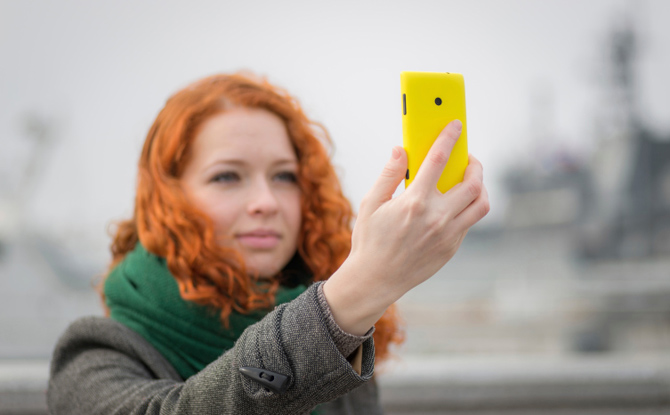From the pharaohs to the nobles until the selfies, we’ve always been obsessed with the image. Now, all you need to take a selfie is a smartphone, then the Internet so you can post and share it on your chosen platform. However, it hasn’t always been that easy. Let’s go back in time for the next couple of minutes…
Hover over the image to explore a brief history of photography.
Digitalization has transformed the nature of the photograph and started a second wave of democratization. As Marvin Heiferman notes in his essay in the book Photography changes everything, a photo made with film was almost always a physical object. It was a print in an album, on a wall, or in somebody’s hand, or it was an illustration in a magazine, newspaper, or book. The vast majority were unique objects and because of that they were one of a kind, tangible, and also private.
So, what about photography now? What we do with the pictures we take today (with our smartphones and digital cameras) is completely different from their purpose in the past. The overwhelming majority of our pictures will never have a physical existence because they’ll never be printed. Relegated primarily in the digital realm, these images will rarely be as private as before. Their existence is actually meant to be ephemeral, just think about apps like Snapchat where the photos taken aren’t saved and you can even choose how many seconds you want it to be visible to a friend.
Instead of collecting photos in physical albums, we do it digitally. Instead of having a painted portrait in the wall of our hall, we have a profile picture. Instead of showing our wealth or power we show what we eat, our pets, our holidays, and we feel the need to take pictures as we’ve never done before.
Billions and billions of photographs are uploaded every month. We happily post them on Flickr, Twiter, Instagram, Facebook, and a host of other sites. According to Statista.com, as of the first quarter 2014, Facebook had 1.28 billion monthly active users and more than 200,000 images uploaded every minute. On Instagram, an average of 60 million photos are uploaded each day. This year, it’s estimated that 2.4 billion photographs will be created each day
Has the introduction of smartphones and Social Media, together with the Internet, brought about a third wave of democratization of photography? What’s going to be next and what will that mean for photography and the digital marketing industry?












